
We have had a lot of visitors to our log cabin show house in Boyle since it was built back in February 2018. For most people, it is their first visit to a log cabin showroom, and they are generally very pleasantly surprised by what they see.
The way our log cabin is tucked away at the back of the garden means that it looks quite small. So our visitors are generally very surprised when they realise that the showroom is a two-bedroom showhouse, with an area of forty-nine square metres (49 sq.m), or five hundred and thirty-three square feet (533 sq.ft).
Timber Living Log Cabins Ireland has been selling log cabins to Leinster and the east of the country for over twenty years, and was delighted to open a show house in the west of Ireland, to service Galway, Sligo, Mayo, Roscommon, Leitrim, Donegal, Cavan, Monaghan and Westmeath.

What is a log cabin show house interior like?
The reaction of most people has been extremely positive. As soon as you walk into our log cabin show house, there is something special going on, but it is often hard to put your finger on what exactly that is. Of course, we in Ireland are not used to a full interior timber surface in our living areas, so seeing all of that timber is both appealing and surprising. Not everybody likes it actually, but most people are really delighted with their first impression.
And of course, if you do not like the wood finish, it is easy to paint all of the walls. In fact, even if you like the timber finish, it would make sense to put some protective varnish coating on your wall, for ease of cleaning, if nothing else.
But actually the real first impression is not as obvious. Because our timber living log cabin show house walls are the highest available in the country, that means that our roofs are also very high. So, when you walk into to any of our cabins, the first sensation, which is usually sub-conscious, is a feeling of openness, because the roof is raised so high.
Painted walls or timber finish?
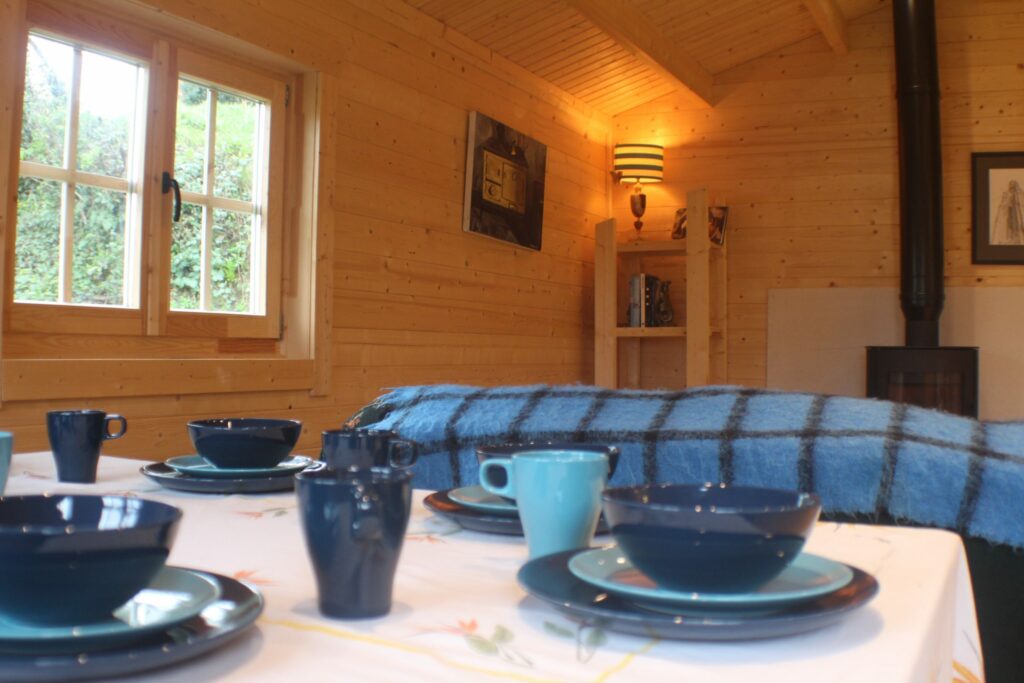
The biggest debate of all amongst our visitors has been whether or not to leave the full timber finish throughout the cabin. It’s nearly a Brexit debate! A lot of people love the timber finish everywhere, while others really like a painted finish. Of course, there’s always the option to tile, varnish or stain the wood too. It’s always a great debate amongst our visitors, and with couples, as long as they both see things the same way, there’s usually no problem.
Creaky floors?
Another regular comment from visitors is how solid the floor feels in our log cabin show house. Some people expect the floor to be creaky because it is a timber cabin. Others are surprised at how solid the floor feels because they have visited other show houses and and a lot of them just don’t feel as solid as a TimberLiving show house.
If you’re cabin is built well, and your foundations are good, there is no reason why you should have a creaky floor. Of course, there will be some movement in the floor due to temperature and moisture changes. If you wish you can put a floor covering down – carpet, lino or engineered wood.
What is the best log cabin foundation?
A major mistake that some other log cabin companies are making is offering timber frame and block foundations. In our opinion, if you want your log cabin to last a lifetime, you need to have an extremely solid foundation. We always recommend a five-inch concrete slab for our foundations. Any other form of base has the potential for settling, and settling of a foundation is not a good thing or a log cabin.
With the extra-long timbers that are used in log cabins, you can imagine the problems that might arise if one corner of that cabin settles more than the other. This is the sort of thing that happens ith block foundations. You need one complete slab, so that if there is any settlement, it affects all of the cabin equally.
Solid doors and windows
Another good indication of a quality build that how well the windows and doors close. after nearly 2 years as you should expect, windows and doors ( interior and exterior) are performing as well as they did on the first day.
Overnighting in a log cabin
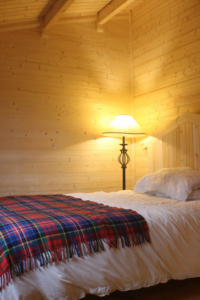
We’ve had a few people stay in our show house over the last couple of years: friends from England, Sweden and Germany, family home from the States, Granny and Grandad – lots of different visitors. And everyone wakes up very well rested. They always remark at how quiet it is – especially those who come from living in cities. And those who stay when its raining love the sound of the the rain on the roof – the cabin really brings people back to mature.
Our cabin is a delightful little haven – quiet, cosy and warm, and well worth a visit.
Where is my nearest log cabin show house?
We have log cabin show houses in Boyle, Co Roscommon, Tullow, Co Carlow and Carrigaline, Co Cork. You can get all the contact information, directions etc from our log cabin show house contact page. Start planning you visit now. And please, ring for an appointment if you’re coming to Boyle – 086 817 0429
See you soon!

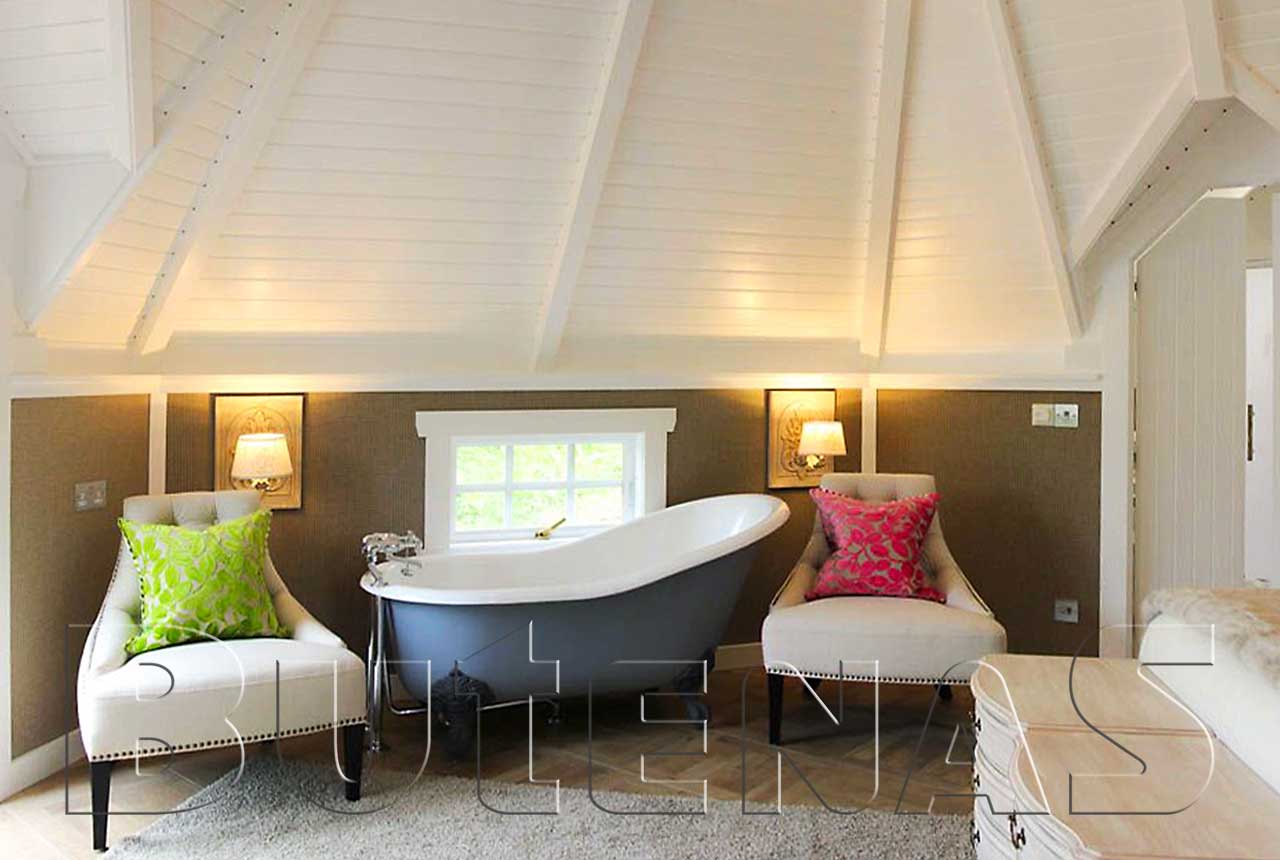
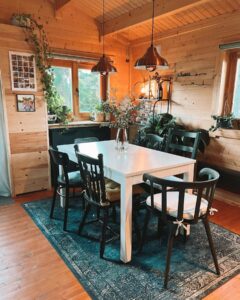
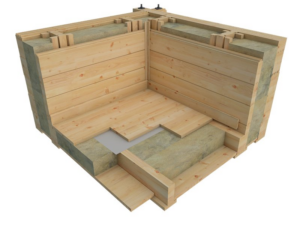
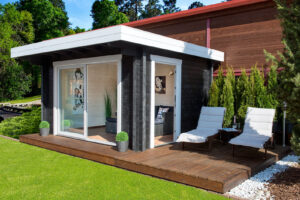
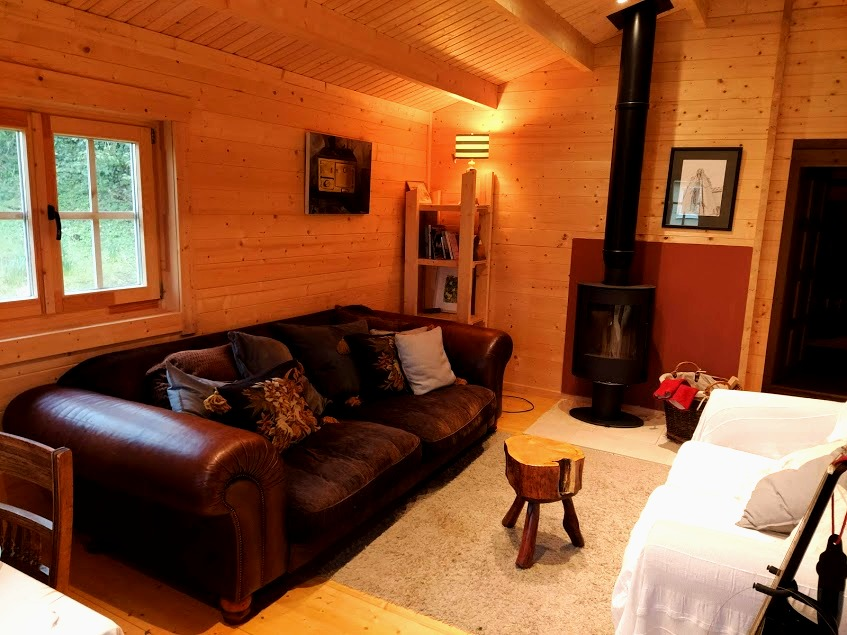
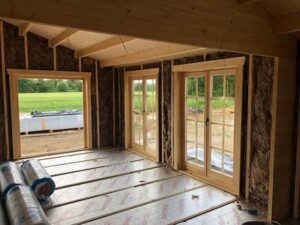
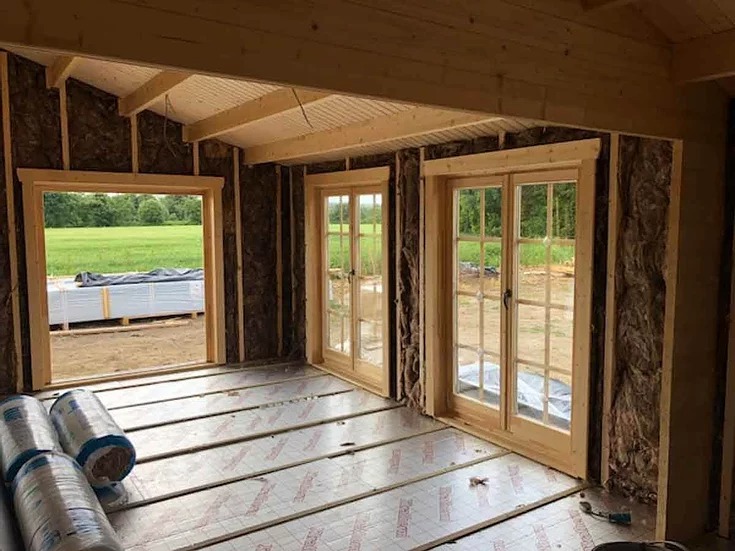






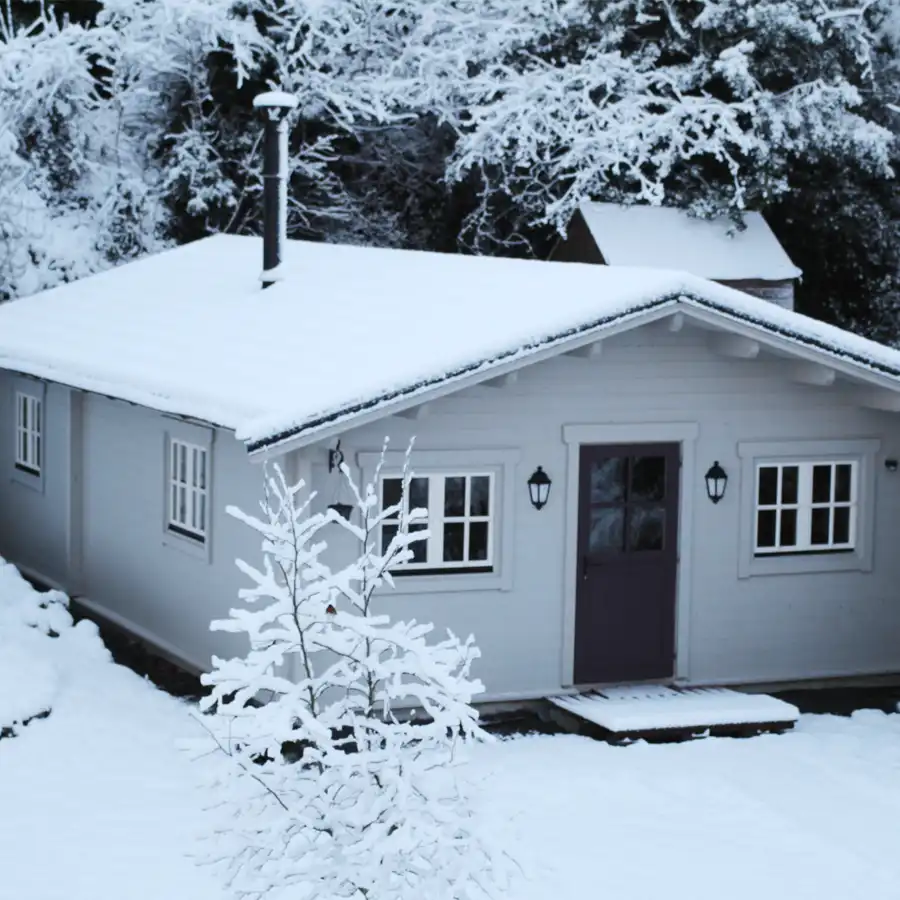


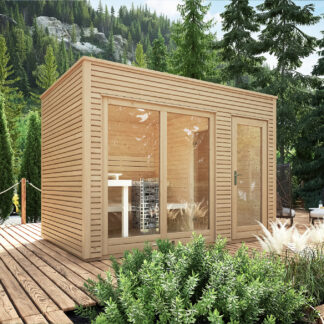
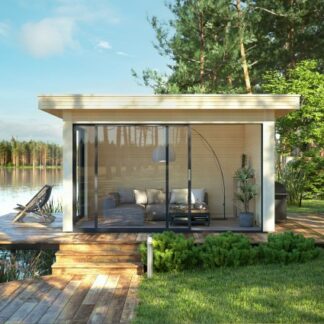
Recent Comments